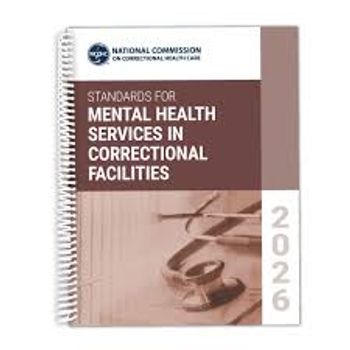Stockholm Syndrome and the Jail Escape
Positive feelings toward abusers: a survival and coping skill?
PSYCHIATRIC VIEWS ON THE DAILY NEWS
The recent jail escape of inmate Casey White, with the help of the Alabama corrections officer Vicki White, not biologically related to each other, caught the attention of society and triggered my own experience while working part-time in a medium security Wisconsin prison.
Casey White was facing prior murder charges and Vicki White was due to receive an employee of the year award. It was reported that they were having some sort of personal relationship for a couple of years. After 11 days on the run, they were caught and Vicki White apparently committed suicide, while Casey White was taken back into custody.
Over 10 years ago in the prison I served part-time, a nurse that I worked with apparently fell in love with a prisoner and was caught assisting him in various ways, including sexually. She was arrested at her house during a staff holiday party, while he was sent to a more secure prison.
Attempts to explain these happenings are fascinating, but difficult because of their rarity. One possible explanation is that this one is a variation of Stockholm syndrome.
A criminologist and psychiatrist named it after a 1973 bank robbery in Sweden. During the 6-day standoff with police, many of the captive employees counterintuitively became so sympathetic toward the robbers, that after being freed, many refused to testify against them and raised money for their release. There have been many notable repetitions of this scenario since, including that in 1974 Patty Hearst became sympathetic to her captors, the Symbionese Liberation Army. Interestingly, and connected to an environment of incarceration, the Stanford prison research project on students led by the psychologist Philip Zimbardo clearly showed the tendency to identify with and obey an authority figure, even in a known pretend situation.1
Positive feelings toward abusers seem to be a survival and coping skill. It is almost like the mind trickily turned the trauma into togetherness.
Though noted first in a hostage situation, a similar psychological process often occurs in other more common situations where the victims are at risk from those in authority. These situations include various types of abuse, including sexual, physical, emotional, and training, human sex trafficking, and cults. In this jail escape, it is actually not clear who was in fact the psychological authority figure and who the victim. Treatment can involve psychotherapy, but the key is prevention, which essentially consists of realizing when one might be put into abusive danger by someone in authority, or to try to get out as early as possible.
Dr Moffic is an award-winning psychiatrist who has specialized in the cultural and ethical aspects of psychiatry. A prolific writer and speaker, he received the one-time designation of Hero of Public Psychiatry from the Assembly of the American Psychiatric Association in 2002. He is an advocate for mental health issues relate to climate instability, burnout, Islamophobia, and anti-Semitism for a better world. He serves on the Editorial Board of Psychiatric Times™.
Reference
1. Zimbardo P. The Lucifer Effect: Understanding How Good People Turn Evil. Random House; 2008.
Newsletter
Receive trusted psychiatric news, expert analysis, and clinical insights — subscribe today to support your practice and your patients.


















